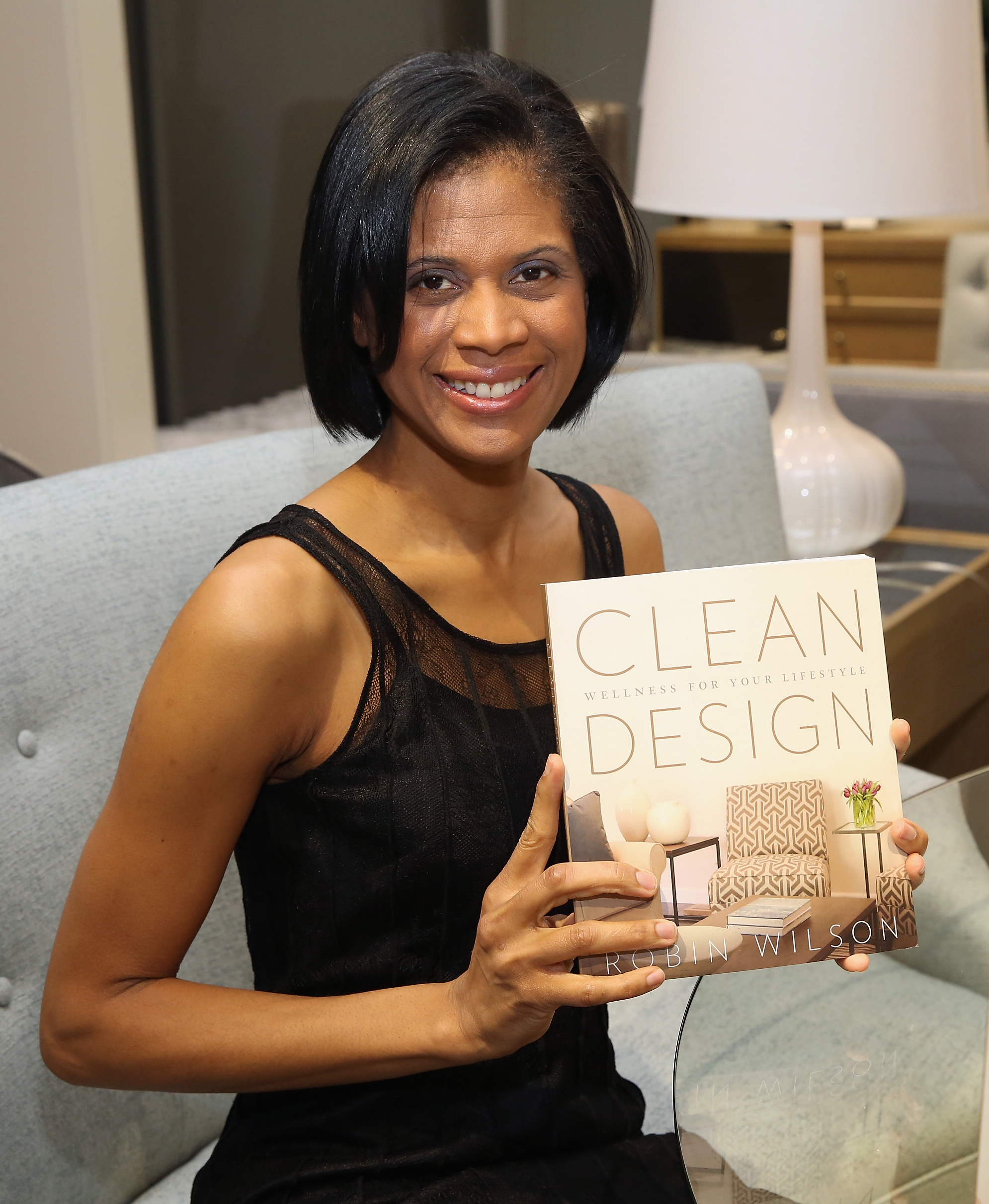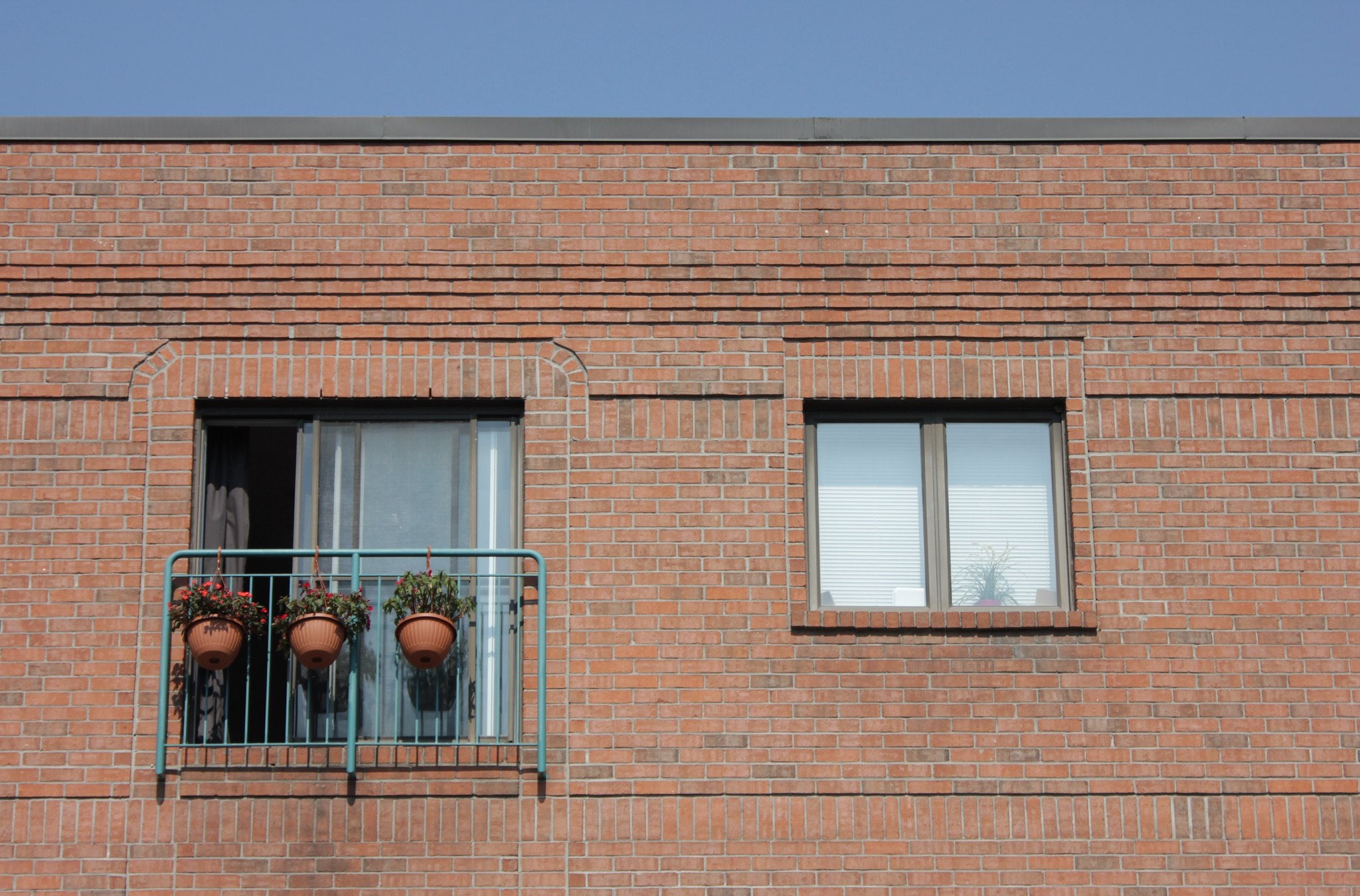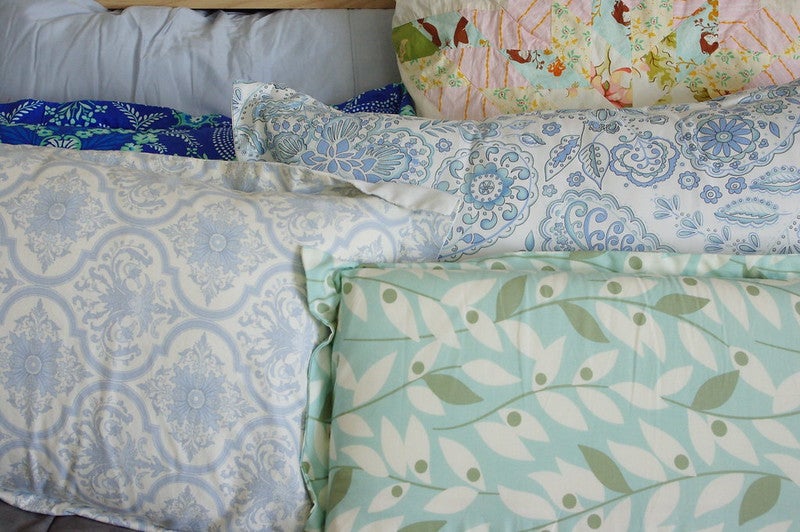Home might be a respite from many of the dangers of the outside world, but not allergies.
In your home hide some of the biggest pollutants and toxins that can trigger asthma and allergies, said Robin Wilson, a nationally-recognized eco-friendly lifestyle brand and interior designer who advocates for clean construction and design.
In her book, “Clean Design: Wellness for your Lifestyle,” Wilson lists the top 10 asthma and allergy triggers in the home: tobacco smoke, pet dander, mold, pollen, dust, clothing (especially anything dry-cleaned), cleaning supplies, vermin, odors and wood smoke. Wilson said she was diagnosed as a child as pan-allergic, meaning she had immune responses to food, pollen, dust, smoke and environmental triggers.
News with a little more humanity
WPR’s “Wisconsin Today” newsletter keeps you connected to the state you love without feeling overwhelmed. No paywall. No agenda. No corporate filter.
“You can’t take away all the allergens,” said Wilson, whose firm Robin Wilson Home is based in New York. “But limit your exposure to them.”

Allergies are the sixth leading cause of chronic illness in the U.S., according to the Asthma and Allergy Foundation of America. Asthma, a condition that makes it hard to breathe, affects more than 24 million people. But Wilson says there are plenty of things we can do in our homes to reduce the prevalence of allergens and toxins and help ourselves feel better.
“Where you live is your sanctuary, and it’s also an ecosystem,” Wilson said. “What you bring into that space…those are all things that you need to be aware of so you don’t live in a chemical factory.”
Air Out Your House
Wilson cautioned that any home can become a sick building without natural air flowing.
Indoor air quality can be six to eight times worse than outdoor air quality, so Wilson recommends opening your homes’ windows for at least 15 minutes a week.
As the temperatures cool, this can be a bit trickier to do, but Wilson said you can still do it for three minutes at a time.
She said this is especially important now that more people are working from home because home office supplies, like laser printers, are off-gassing, and providing proper airflow will help to clear out those toxins.
Invest In An Air Purifier
Wilson has four air purifiers in her home, including a large one in her living area and one in each bedroom. She changes the filters regularly, as often as one a month.
Air purifiers clean the air a bit, but they won’t do all the work, Wilson said. Also be careful as you’re shopping for one because some are exorbitantly priced and not worth the cost.
“You do not need to pay thousands of dollars for air purifiers,” she said. “You need to pay hundreds of dollars, perhaps, and you need to have one that allows you to change the air filter on a regular basis.”
Change Your Pillow
When it comes to your pillows, Wilson advises operating in rules of three, outside of washing your pillow case every week.
Every three weeks, wash the zippered pillow cover that covers your pillow. Every three months, wash the actual pillow, and throw some tennis balls in the mix to make sure the pillows stay fluffy.
Every three years, Wilson said you should replace the pillow. Most Americans keep their pillows at least six to eight years, she said.
“That alone can change your life,” she said, recommending down alternative comforters and pillows in case you have an allergy to the duck feathers.
Use Cork For Flooring
Cork is a sustainable option for flooring, particularly because it’s made from the bark of trees and it doesn’t require the tree to be cut down.
“Many chefs actually have cork flooring in their personal kitchen because they’re standing for such a long time, and it’s got resiliency,” she said.
It’s easy to clean, too.
But whether porcelain tile, hardwood floors, cork or marmoleum, Wilson said it’s best to choose the type of flooring that’s right for your lifestyle and something that’s easy to clean.
Watch What You Eat
Some people are allergic to pollen that’s in certain grasses and trees. But what people might not think about is whether that pollen also is on their fruit.
For example, if you’re allergic to ragweed, you might also be allergic to bananas, cantaloupes, honeydew, watermelon, cucumbers and zucchini.
“During those times when ragweed is high and you’re wheezing and sneezing, you might want to avoid those other triggers that could inflame your body and lower your immune response,” she said.
Other tips
Wilson’s book is chockfull of tips and tricks to reduce allergens in the household, including:
- Use newspapers to clean your windows, which is much more absorbent. Clean with warm water and a couple drops of liquid dish soap.
- Leave the door open between loads of laundry to prevent mold from growing.
- Use a nylon shower curtain instead of a vinyl one and wash it at least once a year.
- Run your dishwasher empty every three months with two cups of white vinegar.
- Check out the Sustainable Furnishings Council. The company has made a commitment to using non-toxic chemicals on furniture.
Wisconsin Public Radio, © Copyright 2026, Board of Regents of the University of Wisconsin System and Wisconsin Educational Communications Board.


